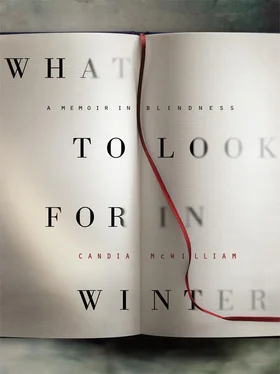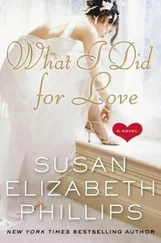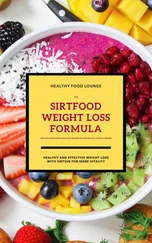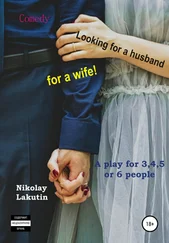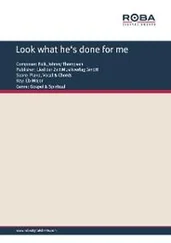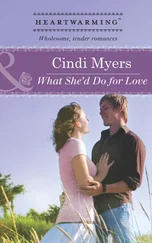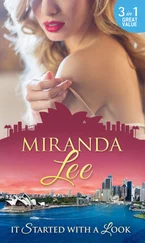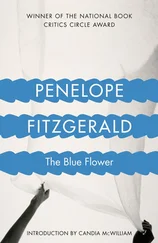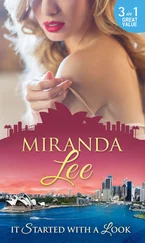Several times, Mummy’s admirer turned up at our house dressed in costume. This wasn’t to fool me but to amuse her. I don’t think I crossed his mind. I seem to remember him turning up as Mr Toad once, but maybe that was a mufti-day. He certainly had a veteran open-topped vehicle of some sort, that necessitated the putting away inside our overcoats of my mother’s and my waist-length hair. Mummy had a circular thing like a fur hoop; it was called a ‘rat’. You pulled your hair through it and arranged a bun or a beehive or a twist or a chignon or a cottage loaf. You fixed the arrangement with long hairpins of the sort that come in handy in old black-and-white films, for lock-picking, car-starting, etc.
Just as she was an early user of the contraceptive pill, my mother was a pioneer hairdryer user. Like all her machines, it had a name and broke almost at once, to be half mended by her. One morning as we sat in my nursery, I on her knee, Morphy Richards sucked instead of blew and we spent a morning disentangling, you could almost say lock-picking, our long hair, hers pale blonde and mine more brown, from this space-age machine, with its cunning design suggestive of weaponry and air travel.
My mother followed with complete involvement the lives of many of the animals who lived at Edinburgh Zoo. We wept together when the elephant seal perished after choking on an ice lolly stick someone had given him. Why had they not given him a cornet? We observed the high-held pregnancy of Susu the giraffe. My mother tried to correct me for mourning the zoo’s elephant, Sally, more than my great-aunt Beatrice, known as Beadle. The defining triumph of my mother’s animally attached life was when, unanswerably, the zoo’s golden eagle, William, laid an egg. We both of us feared the salamander and the electric eel, looking at their flaccid yet potent inertia in absorbed disgust. My mother was warned off by zookeepers for hanging around the penguins and the ring-tailed lemurs. The keepers were right. She wanted to bring the creatures home with us. After she died, I was turfed out of the zoo for trying to catch a chipmunk. Actually, I wanted a pygmy hippo.
When you fly up to Edinburgh, if you look under the left oxter of the plane as it commences its descent into the airport, you will see what remains of my parents’ idyll. Its name was Craigiehall Temple and we went there on summer weekends towards the end of my mother’s life. It stands above the banks of the River Almond, a folly three storeys high growing among the wild white raspberries and enclosing beeches. Its stairs wound through its three octagonal rooms, the top one with a golden ceiling around whose cornice ran plaster ribbons held by plaster doves. It had a doll’s house portico and no amenities at all. My parents furnished it from street sales and Mrs V’s. The piano in the top room cost half a crown, of which there were eight in the pound. There was a large cane chair that extended and had a pocket for magazines and a place where you could put your sundowner. My father called this chair ‘the British Fascist’. The middle room was where we all slept on camp beds that rolled away in the day. I lay on mine in my sleeping bag pretending hour upon hour to be a caterpillar, then a chrysalis. I was usually asleep by the time I was due to break open as something more glamorous and winged. There was a chemical lavatory and at night, with much care, as though handling moths, my parents lit the gas mantles of hurricane and Tilley lamps. The smell of paraffin makes me feel sick, as do all petrol compounds including Cow Gum, which we used to stick down layouts at Vogue ; but to the paraffin-nausea there is also a dizzy homesickness for me since it was the source of much of our heat and light when I was a child.
I don’t know how long we leased the Temple; I’m sure I want to think it was for longer than is true. In the end, my parents gave up mending after the vandals who would come and play football in the top room and turn my mother’s pearl-poppit jewellery out on to the floor looking for real stuff. We did spend one Christmas there and nothing mattered at all because the world was white and we were in a stone tower with no one near us and our dogs and our cats, log fires and drawing things. I had, too, one birthday there and remember thinking that the silky-shivering fields of barley all around were not green but blue and sometimes, under the wind, silver. My father made a rope swing for me and, insofar as my first childhood goes, this was the most physical my life ever got. I had a pet snail named Horatio and a stickleback named Lindsay. We lived very considerably on hot milk with crusts in. My mother and I liked salt with it, my father sugar. We went, as Scots say, enormous walks and I could tell my mother was pretending she was on a horse. The woods were full of smoking bluebells and white windflowers that, like the spirit they’re named for, lose breath when cut. It astonishes me, now that I am a mother, to observe in retrospect with how few elements both my parents could conjure magic. She was more confident at the Temple; she knew what to do in the country. She could name flowers and she knew how to kill a rabbit with a stone when it was wet and blind with myxomatosis. He was less romantic about the country-living side of things, probably because it was he who got to deal with the chemical lavatory, the log-sawing and the drive out to reach his wife’s dream-place. There was some other occlusion that I can only guess at; to do with my mother’s admirer?
To return to the epilimnion; this morning it came clearly to me that my father’s apparent absence of human demonstrativeness was just that, apparent. So intense were his emotions about buildings that he has left to me, and I believe to my half-siblings, a characteristic that sounds chilling — the capacity to be completely changed by a building, to be inhabited by it imaginatively and emotionally. Three times in my life I have been rescued by architecture. The flat where I’m staying now exemplifies this. At my blindest, I can still be consoled by the feel of the door handles in the studio where Liv and I work, their satisfying relationship to the human hand.
I used to be sorry for myself as a very small child because my father was so often away or, when present, actually utterly preoccupied by a building. It was only in my twenties that I even began to read this as not over-aestheticism but as deep humane connectedness. It is easy to misread so silent, so cultivated and so cool a character.
The history of architecture, the study of human habitations great and small, was not then fashionable. The National Trust was on a rescue mission, no mistake. The heritage business did not exist. Progress was the watchword; new was good. This leads me to a complicated personal muddle. It never crossed my father’s mind that what might be called a ‘social’ interest might be taken in great houses, but it may cross that of my reader, so much have the times changed. Great houses were being pulled down at the rate of one a week in Scotland, more in England, during my childhood; my father was, as it were, their protector, champion and physician. My father had no interest in who was who and indeed rather regretted anybody being anybody on account of his shyness about the personal. Naturally this made him an ideal friend of anybody who was used to being sucked up to; such people found themselves refreshed by his disinterestedness, his consuming interest. He engaged with houses, less so with home.
Where this is muddling in any account of my own life became clear to me in a horrible but revelatory way after the first ever interview I did when my novel A Case of Knives came out 1988. My trajectory, which has felt to me, naturally enough, just like my own life, is legible in various disobliging ways and it’s not lost on me that one of these involves what that genius Kingsley Amis calls hypergamy. He meant that a clever man who can make people laugh can marry any woman he wishes, even the most beautiful. It’s not the same for women. I mean that I started off what I think I still am, an Edinburgh girl, but somehow time and events have made me seem to be an Englishwoman; an Englishwoman, at that, of some privilege.
Читать дальше
